The Massachusetts Establishment of Innovation (MIT), situated in Cambridge, Massachusetts, is an incredibly famous foundation known for its state-of-the-art research, thorough scholarly projects, and obligation to propel innovation and science. Laid out in 1861, MIT had a significant impact in forming present-day schooling, especially in the fields of design, innovation, and technical disciplines. This article investigates the rich history, scholastic contributions, research drives, grounds life, and outstanding graduate class that characterize MIT. Massachusetts Institute of Technology
The Founding of MIT Massachusetts Institute of Technology
Historical Context Massachusetts Institute of Technology
MIT was established during a time of fast industrialization in the US. The pioneers imagined a foundation that would address the developing requirement for reasonable schooling in science and design. William Barton Rogers, a teacher from the College of Virginia, proposed another instructive model that coordinated hypothetical information with functional application — men et manus, or “psyche and hand.” This approach planned to plan understudies for certifiable difficulties through involved learning.
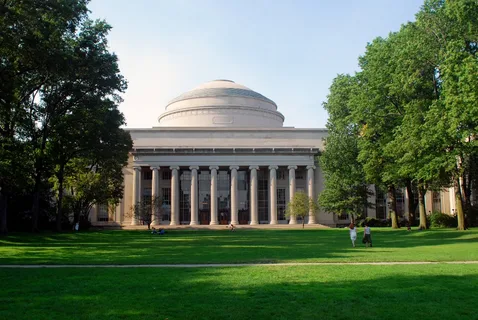
Early Years
The sanction for MIT was endorsed on April 10, 1861, only days before the flare-up of the Nationwide conflict. Classes authoritatively started in 1865 at the Commercial Structure in Boston. Notwithstanding the beginning monetary battles and the difficulties presented by the conflict, MIT steadily extended its educational plan and understudy body. By the late nineteenth hundred years, it became referred to casually as “Boston Tech,” accentuating its attention to applied sciences.
Campus Development
Relocation to Cambridge
In 1916, MIT moved to its ebb and flow grounds along the Charles Stream in Cambridge. This new area took into consideration huge extensions and improvements. The grounds were planned by the graduated class and included notable structures that mirror MIT’s obligation to the advancement and joint effort. The neoclassical engineering fills in as a background for an energetic scholastic local area.
Campus Features
The MIT grounds traverses north of 168 sections of land and incorporates best-in-class labs, auditoriums, libraries, and sporting offices. Striking structures include:
- The Great Dome: A symbol of MIT’s architectural heritage.
- Kresge Auditorium: A concert hall known for its unique design.
- MIT Media Lab: A hub for interdisciplinary research at the intersection of technology and design.
Academic Programs Massachusetts Institute of Technology
Schools and Departments Massachusetts Institute of Technology
MIT comprises five schools and one college:
- School of Architecture and Planning
- School of Engineering
- School of Humanities, Arts, and Social Sciences
- Sloan School of Management
- School of Science
- MIT Schwarzman College of Computing
Each school offers a scope of undergrad and graduate projects that stress development, joint effort, and certifiable application.
Curriculum Structure
MIT’s educational plan is portrayed by its adaptability and interdisciplinary concentration. Understudies are urged to investigate different fields while chasing after their essential area of study. The accentuation on active learning is apparent in lab courses across disciplines — from design to science.
Research Excellence Massachusetts Institute of Technology
Research Initiatives Massachusetts Institute of Technology
MIT is at the very front of examination across various spaces. With north of 65 examination communities and research facilities, it teams up with roughly 700 organizations to progress mechanical advancement. Key exploration drives include:
- MIT.nano: A facility dedicated to nanotechnology research.
- Institute for Data, Systems, and Society: Focused on data-driven solutions to societal challenges.
- Energy Initiative: Aiming to address global energy challenges through innovative research.
Impact on Society
Research led at MIT significantly affects different areas including medical services, ecological science, man-made reasoning, and mechanical technology. The organization plays had a critical impact in creating advances like radar frameworks during The Second Great War and headways in software engineering during the Virus War.
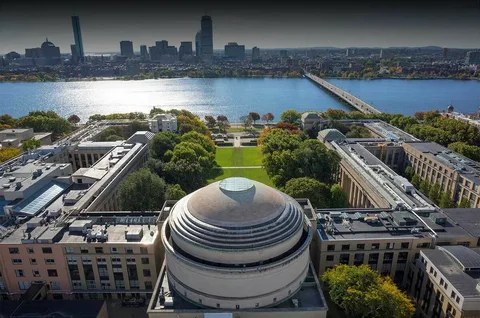
Student Life at MIT Massachusetts Institute of Technology
Community Engagement Massachusetts Institute of Technology
Understudy life at MIT is energetic and different. The people group is portrayed by scholarly interest, joint effort, and a guarantee of social obligation. Understudies take part in different exercises that advance self-awareness and local area association.
Extracurricular Activities
MIT offers an extensive array of clubs and organs catering to diverse interests:
- Academic Clubs: Organizations focused on specific fields such as robotics or economics.
- Cultural Groups: Celebrating diversity through cultural festivals and events.
- Athletics: With 33 varsity sports teams and numerous intramural leagues, students can stay active while fostering team spirit.
Housing Options
Lodging plays a critical part in forming understudy encounters at MIT. Different home lobbies give steady conditions where understudies can interface with peers. Every corridor has interesting customs that add to the ground culture.
Diversity and Inclusion Massachusetts Institute of Technology
Commitment to Diversity Massachusetts Institute of Technology
MIT effectively advances variety inside its understudy body by thinking about different variables during affirmations. The foundation tries to establish a comprehensive climate where understudies from various foundations can flourish scholastically and socially.
Support Services
To help assorted understudy populaces, MIT offers different assets including directing administrations, mentorship programs, and social focuses that celebrate various legacies.
Notable Alumni
MIT has delivered various persuasive graduated class who have made huge commitments across different fields:
- Buzz Aldrin: Apollo 11 astronaut who was the second person to walk on the moon.
- Kofi Annan: Former Secretary-General of the United Nations who received the Nobel Peace Prize.
- Richard Feynman: Renowned physicist known for his work in quantum mechanics.
- Elon Musk: CEO of SpaceX and Tesla Inc., recognized for his innovations in technology.
These people represent the different ways that MIT graduates can take while making significant commitments to society. Massachusetts Institute of Technology
Conclusion
The Massachusetts Foundation of Innovation remains a reference point for development and greatness in advanced education. Its obligation to incorporate hypothesis with training has formed ages of pioneers who keep on impacting innovation, science, and society at large. As it pushes ahead into the future, MIT stays devoted to establishing vision — giving training plans to understudies for proficient accomplishment as well as for significant commitments to humankind.
Through its rich history, hearty scholarly projects, pivotal examination drives, lively grounds life, and prominent graduate class organization, MIT keeps on being one of the chief establishments internationally — a getting-through inheritance that started quite a while back and keeps on developing today.Massachusetts Institute of Technology
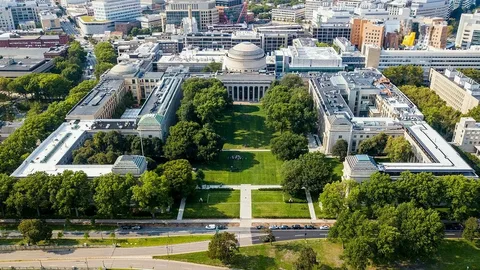
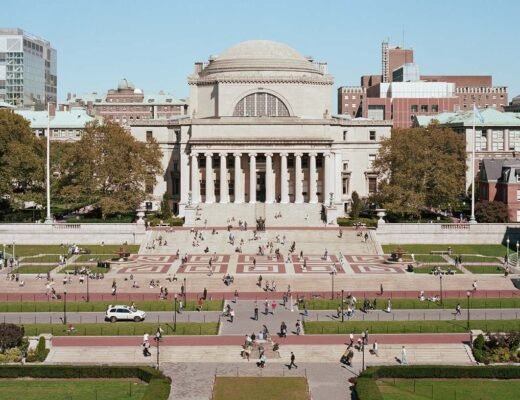
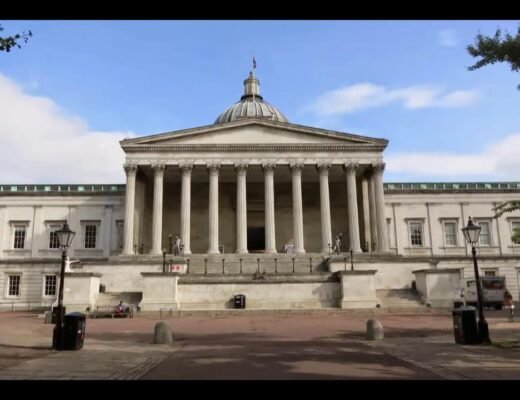
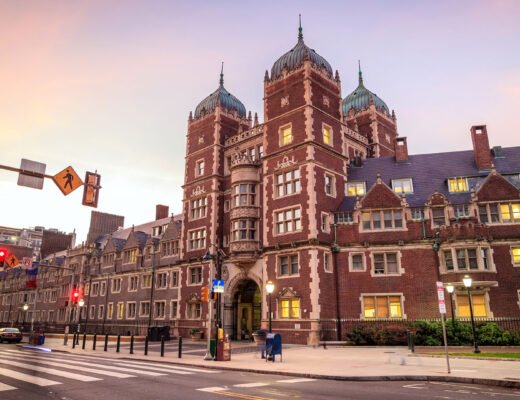
One Reply to “Massachusetts Institute of Technology (MIT)”